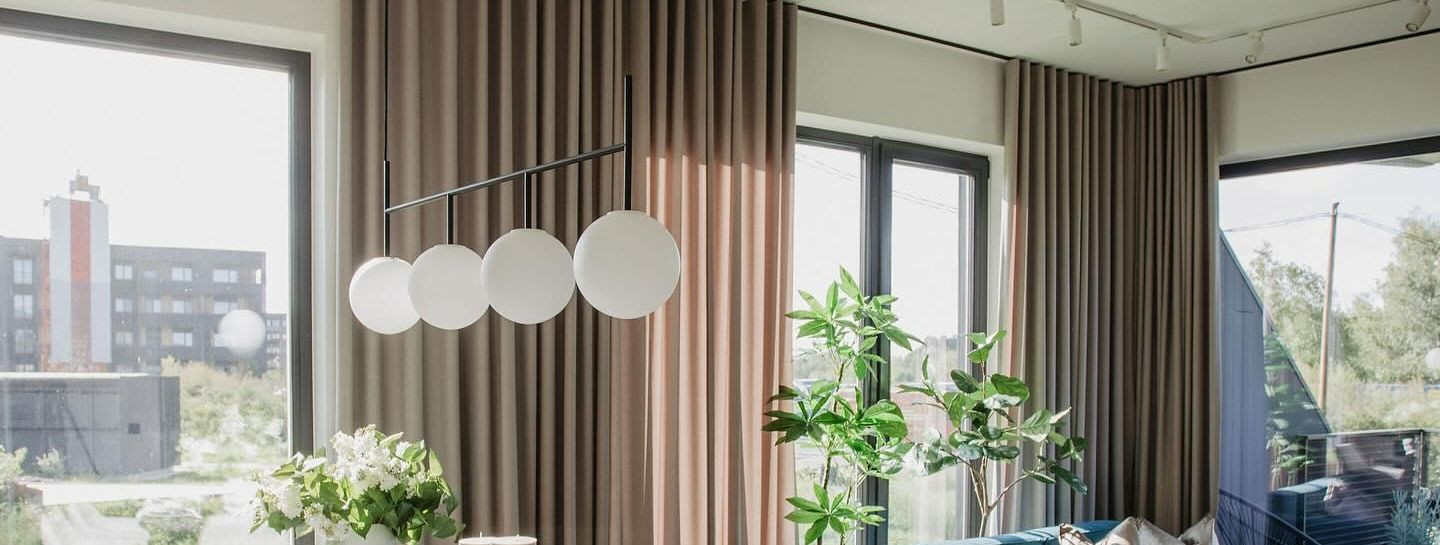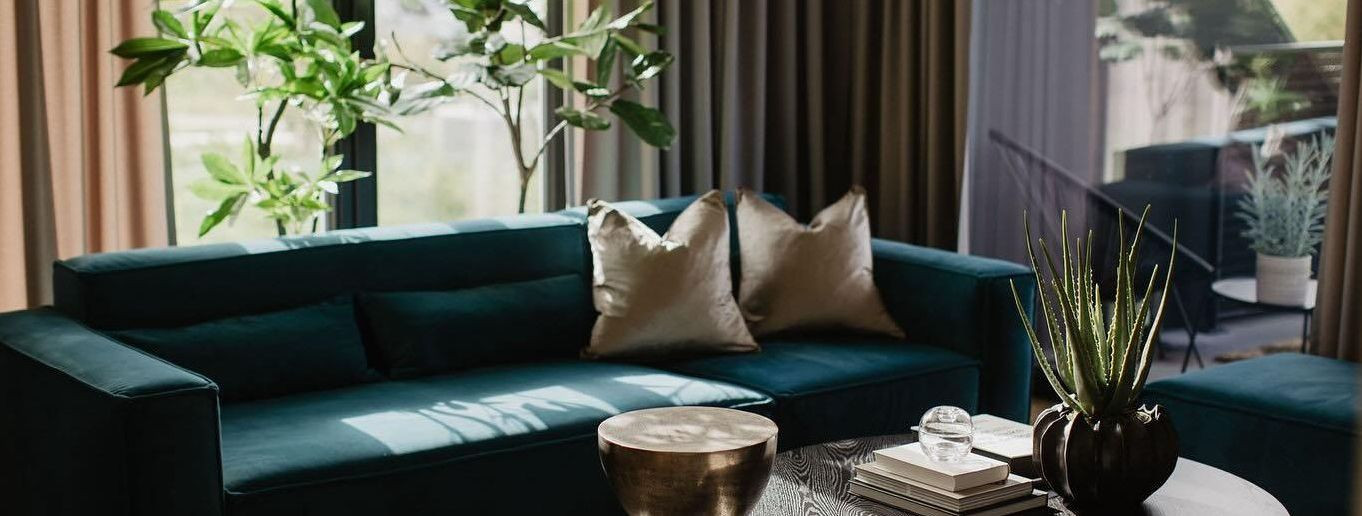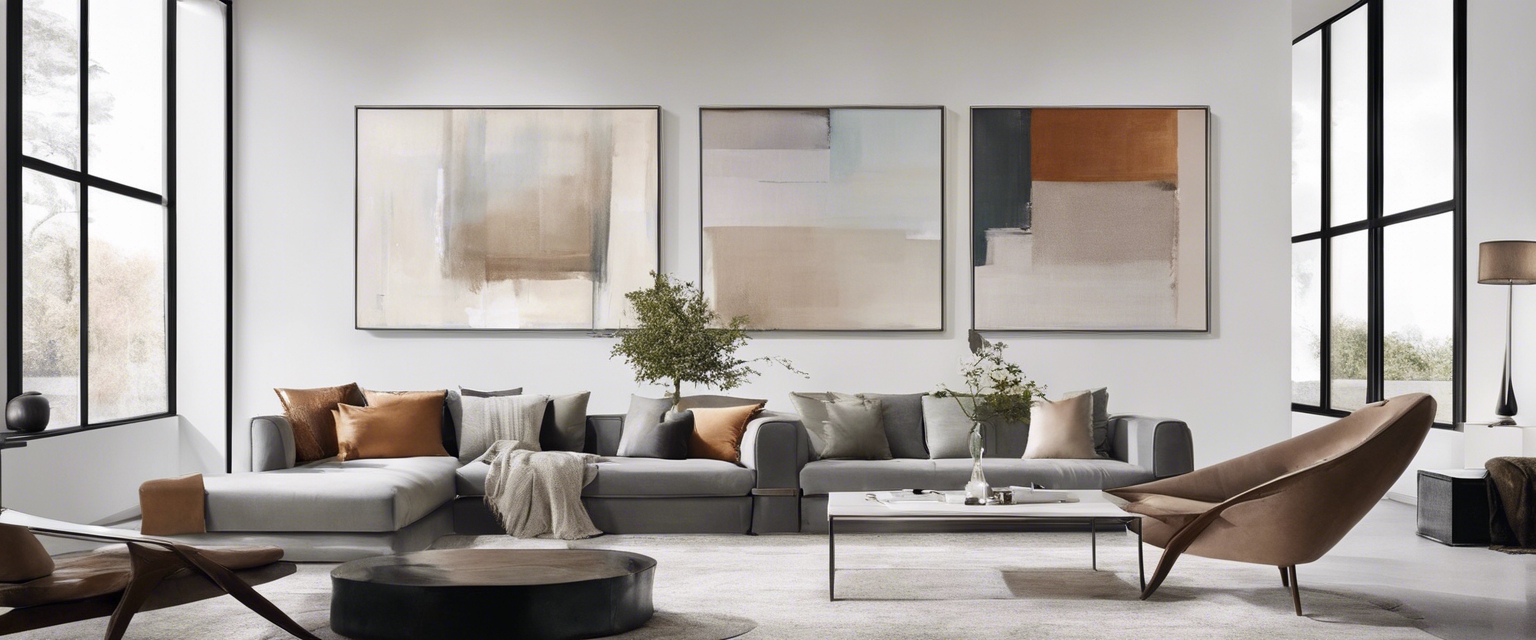The importance of lighting in interior design
Lighting is not merely a functional component of interior design; it is a pivotal element that can transform the ambiance of a space. It shapes how we perceive the environment around us, influencing our emotions and behaviors. In high-end interior design, lighting is used strategically to create atmospheres that reflect the sophistication and exclusivity that our discerning clientele demands.
Lighting has the power to evoke different emotions, from a sense of warmth and comfort to feelings of excitement and vitality. The right lighting can enhance the aesthetic appeal of a space, making it more inviting and reflective of the homeowner's personality and lifestyle.
Types of Lighting in Interior Design
Ambient lighting, also known as general lighting, is the primary source of light in a room. It provides a uniform level of illumination that is essential for daily activities and sets the tone for the space.
Task lighting is focused lighting designed to assist in performing specific tasks, such as reading, cooking, or working. It is essential in areas where functionality is as important as style.
Accent lighting is used to draw attention to architectural features, artwork, or other significant elements within a space. It adds depth and dimension, showcasing the unique aspects of high-end interiors.
Lighting Techniques and Considerations
Layering different types of lighting can create a rich and dynamic environment. By combining ambient, task, and accent lighting, designers can craft spaces that are both functional and visually compelling.
The color temperature of light sources can dramatically affect the appearance of a room. Warmer tones tend to create a cozy atmosphere, while cooler tones can make a space feel more open and airy.
Advanced lighting control systems allow for the customization of lighting scenes to suit different times of day or specific occasions, providing ultimate control over the interior environment.
Choosing the Right Fixtures
Lighting fixtures are as much a part of the decor as they are sources of light. Selecting fixtures that complement the interior design theme is crucial for a cohesive look.
Choosing the right size and proportion of lighting fixtures is essential to maintain balance in the space. Oversized or undersized fixtures can disrupt the harmony of the design.
Smart lighting solutions offer convenience and efficiency, allowing for the integration of lighting into home automation systems. This technology is particularly appealing to our tech-savvy, high-end clientele.
Professional Lighting Design
A professional lighting designer brings technical expertise and creative vision to a project, ensuring that the lighting plan complements the interior design and meets the client's needs.
Collaboration is key in high-end interior design projects. Interior designers and lighting specialists work together to create a seamless blend of form and function, resulting in spaces that are both beautiful and livable.






Comments (0)